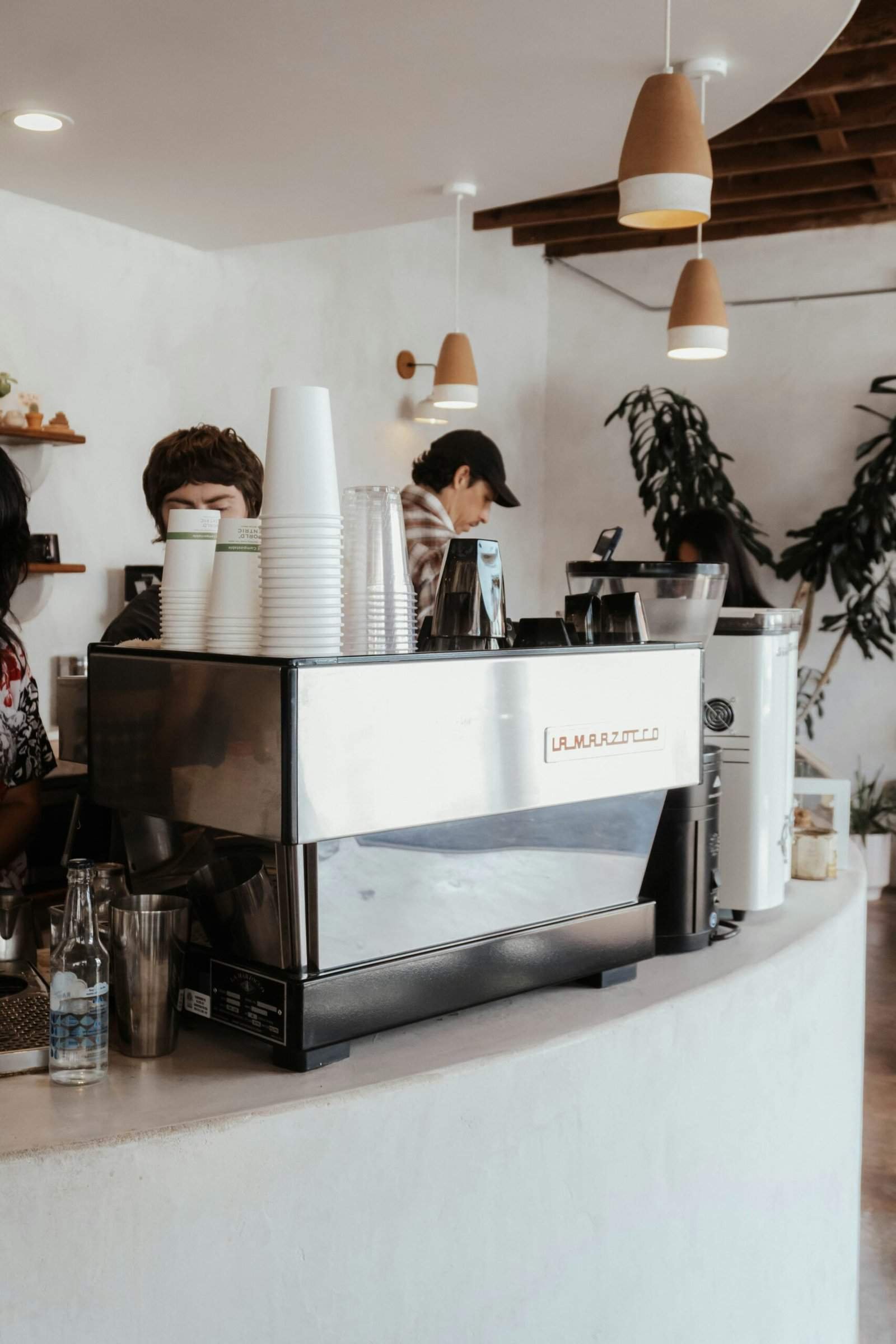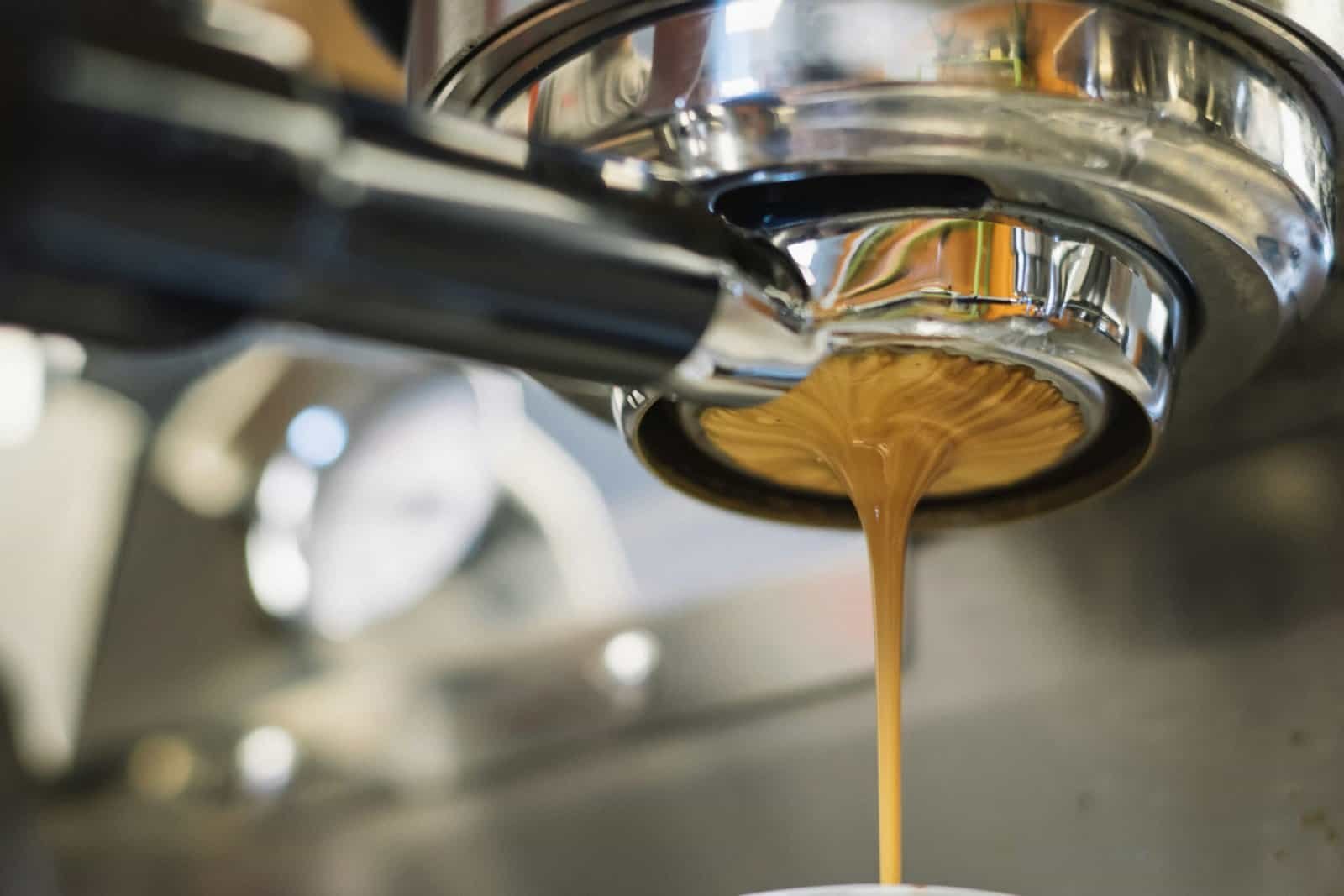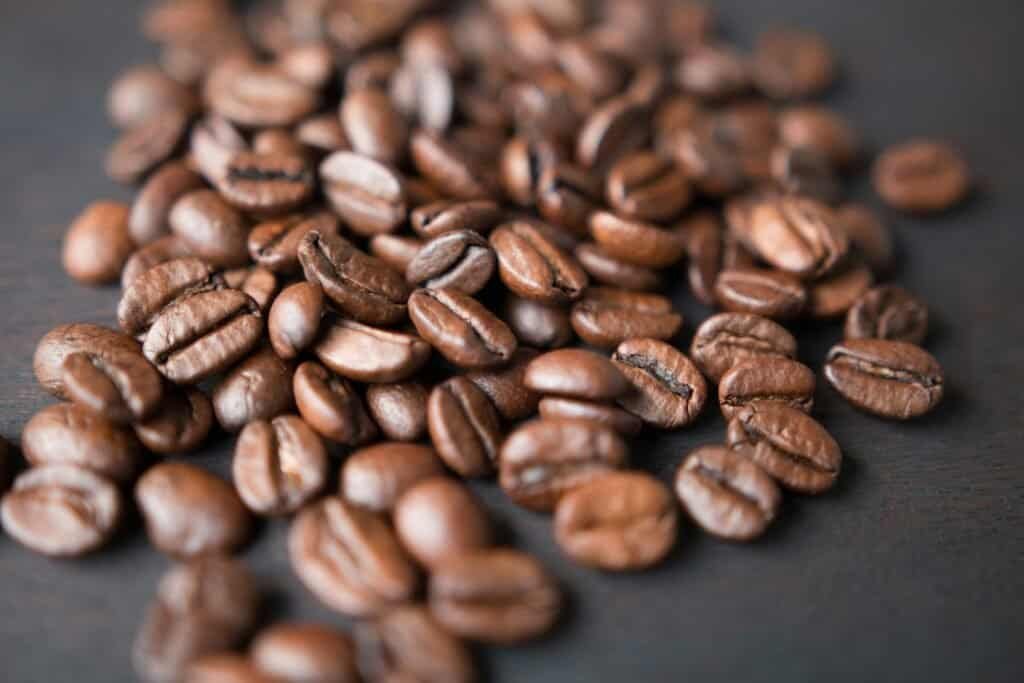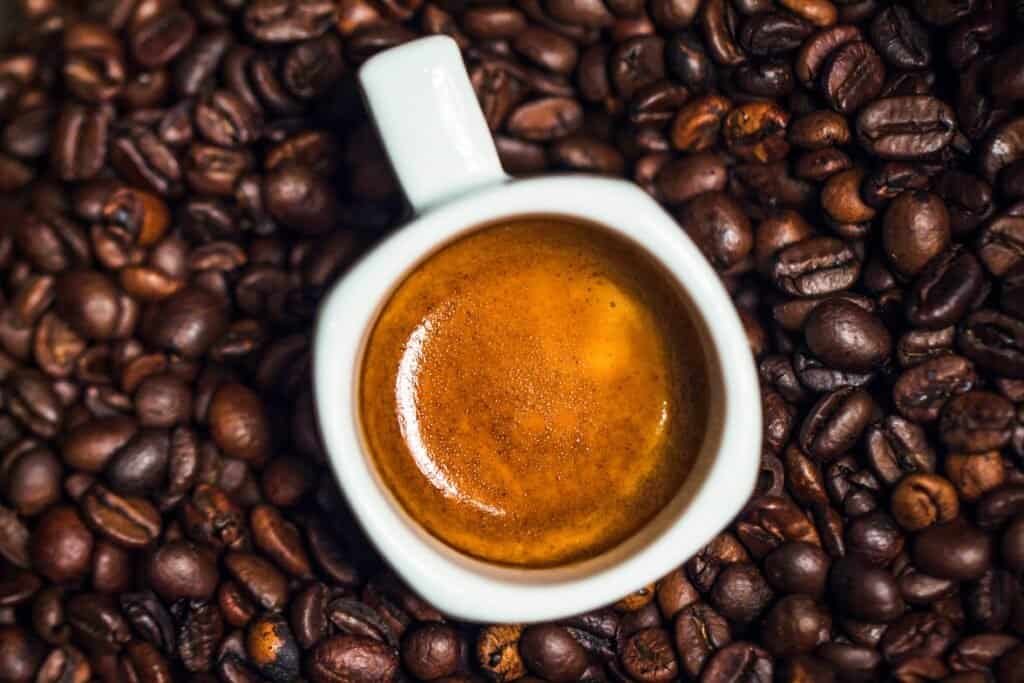Understanding what goes into the strongest coffee is all about recognizing the interplay between various brewing factors. These factors include roast type, brew method, and the ratio of water to coffee grounds.
The coffee strength scale is a tool used to quantify the intensity of the coffee’s flavor and body. Coffee enthusiasts often refer to this scale when selecting beans or making a brew to ensure they achieve the desired taste and potency.
The concept of strength in the context of coffee can refer to the roast level, ranging from light to dark. It can also refer to the caffeine content, which is influenced by both the coffee bean type and the preparation method.
The flavor profile of coffee is closely tied to its perceived strength. Lighter roasts typically offer a milder flavor and more acidity, while darker roasts bring out a bolder, more robust taste.
Espresso, despite its smaller volume, is often considered the epitome of strong coffee due to its concentrated nature.
To grasp the nuances of coffee strength, our comprehensive guide covers the specifics of how these aspects affect the final cup.
For example, espresso’s high strength is attributable to its ratio of coffee to water and its extraction pressure, making it potent in both flavor and caffeine.
Creating the perfect cup of coffee that aligns with personal preferences involves understanding the brewing methods that affect strength.
Whether it’s the prolonged contact of water with grounds in certain brewing methods or the barista’s influence in determining the ratio of coffee to water, the preparation process plays a pivotal role in the resulting coffee strength.
A flavor guide further aids in pairing the right type of coffee strength with appropriate brewing practices to achieve a harmonious balance between potency and taste.
Understanding Coffee Strength
The coffee strength scale is a crucial tool for both professional baristas and home coffee enthusiasts alike. It ensures that every cup delivers the intended flavor profile, from the milder taste of a light roast to the bold punch of a dark roast.
Defining Coffee Strength
Coffee strength is often considered a measure of the flavor intensity and caffeine content in a brewed cup. Strength does not solely depend on the caffeine content; it is also influenced by the coffee’s flavor, body, and mouthfeel.
The strength of brewed coffee is designated on scales, where the higher numbers typically indicate a bolder, more pronounced taste.
Factors Influencing Strength
Several key factors affect coffee strength:
- Grind Size: A finer grind increases the surface area in contact with water, extracting more flavor.
- Brewing Time: Longer brewing allows more extraction, increasing strength.
- Brewing Method: Methods vary in water pressure and brewing time, which affects strength.
- Coffee-to-Water Ratio: More coffee per water unit yields a stronger brew.
- Water Quality and Temperature: Water that is too hot or of poor quality can increase bitterness.
The Role of Roasting
The roasting process plays a significant role in determining the strength and flavor of coffee:
- Light Roast: Often lighter in body, with a milder taste and higher acidity.
- Medium Roast: Balanced flavor, body, and acidity.
- Dark Roast: Bolder, with a heavier body and sometimes a bitter edge.
- Very Dark Roast: Strongest in terms of bold flavor, often with a noticeable bitterness and less caffeine due to extended roasting.
Different beans, such as Arabica or Robusta, also exhibit unique characteristics post-roast. Arabica tends to be smoother and sweeter, while Robusta provides a stronger, more robust kick.
Measuring Coffee Strength
Delivering consistent strength involves precision and accuracy. To measure coffee strength:
- Brew Ratio: Adhere to the appropriate coffee-to-water ratio using units of measurement like grams or ounces.
- Tare Function: Use scales with a tare function to ensure the net measurement of coffee.
- Cupping and Tasting: Employ coffee cupping protocols to assess strength through flavor profile.
The coffee strength scale correlates with other units in the brewing process to maintain consistency and quality across every cup.
Optimizing Brewing Techniques
Optimal brewing hinges on mastering the variables that contribute to coffee strength and flavor. These include selecting an appropriate brewing method, refining the coffee-to-water ratios and brew times, and considering advanced brewing factors.
Choosing the Right Brewing Method For The Strongest Coffee
The first step is selecting a brewing method that aligns with the desired coffee strength and flavor profile.
For a full-bodied flavor, the French Press method is ideal, as it allows essential oils and fine coffee particles to remain in the final brew, producing a rich taste.
On the other hand, filter coffee or pour-over techniques offer a cleaner cup with pronounced aromatic flavors, especially when using lighter roasts known for their fruitier flavors.
Espresso is unique, requiring a fine grind and high pressure to extract a concentrated shot with a robust flavor and crema.
Refining Brew Ratios and Times
Precise measurements significantly impact coffee strength. A general guideline for brew ratios is:
- French Press: 1 gram of coffee to 15-16 grams of water.
- Pour-over/Filter Coffee: Depending on personal preference, start with a 1:15 or 1:17 ratio.
- Espresso: A ratio of 1:2 for coffee to water is common for a balanced shot.
Brew times also vary:
- French Press: Steep for 4-5 minutes.
- Pour-over: Pour time should last about 3-4 minutes.
- Espresso: Extraction time is approximately 25-30 seconds.
Adjust the ratio and brewing time according to taste, and consider the roast level, as darker roasts may require shorter brew times to avoid a bitter taste.
Advanced Considerations
For consistent results, invest in a reliable coffee scale. Make sure it has built-in timers and an accurate display for precise measurements. The scale ensures that you maintain a consistent ratio of coffee to water each time.
Monitoring temperature is essential, too. Aim for water between 195 to 205 degrees Fahrenheit for optimal extraction performance.
Durability and performance reviews from customers can guide the choice of scale. Preference is often given to models that have a stable power source and clear display.
Advanced brewing vessels and master roasters may recommend specific grinds and brew methods. They do this to highlight characteristics such as cacao notes in a medium-dark roast or the delicate palate of a gold-blend.
Wherever you go and whatever you brew? We hope our guide has helped you understand how the strongest coffee is measured and made.



